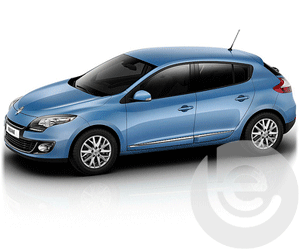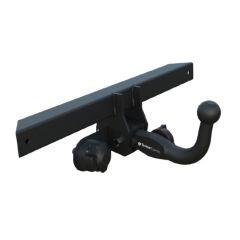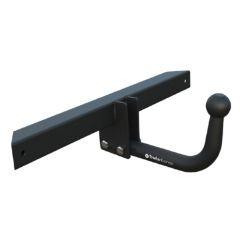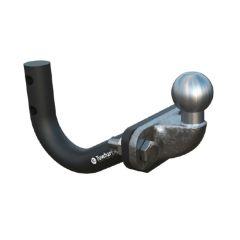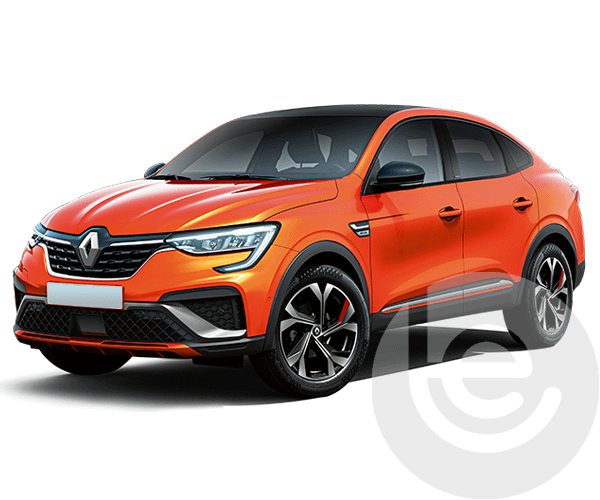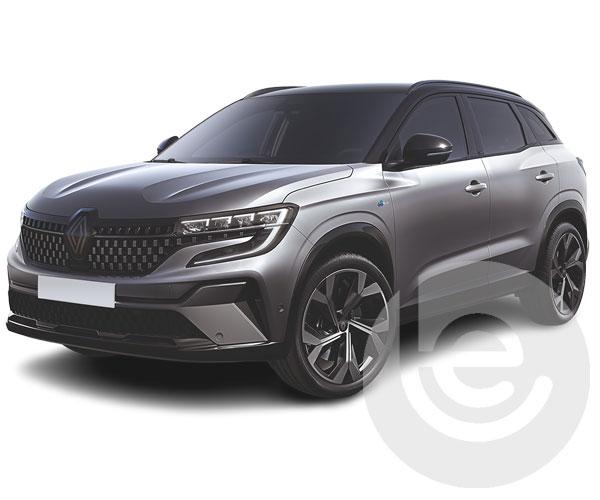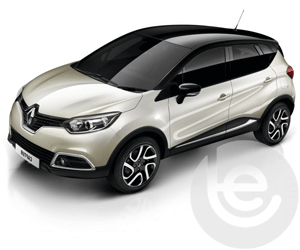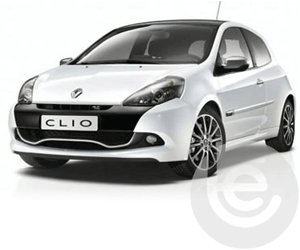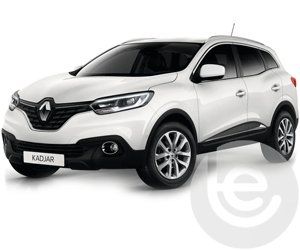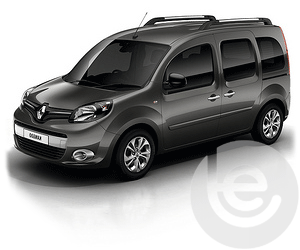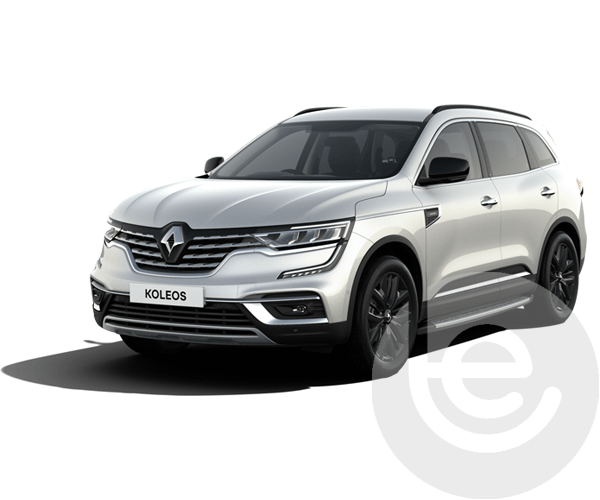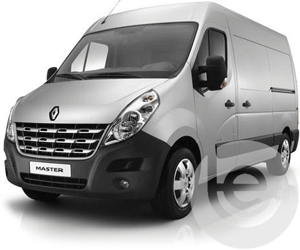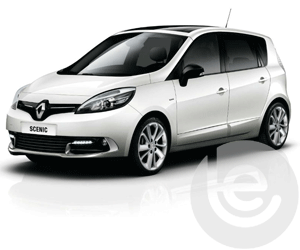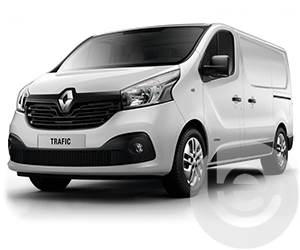- Category
-
- Renault Arkana Towbars 2
- Renault Austral Towbars 2
- Renault Captur Towbars 6
- Renault Clio Towbars 3
- Renault Kadjar Towbars 6
- Renault Kangoo Towbars 5
- Renault Koleos Towbars 3
- Renault Master Towbars 3
- Renault Megane Towbars 9
- Renault Scenic Towbars 8
- Renault Scenic XMOD Towbars 2
- Renault Trafic Towbars 2
Renault Megane Towbars
We stock a full range of towbars and towing electrics to fit your Renault Megane.
All of the towbars that we fit are mounted to the fixing points as specified by the car manufacturer, and are Type Approved where appropriate.
If you need to learn more about towbars, all of the information that you need is HERE.
The easiest way to find the correct towbar for your car is to use our registration search above.
All towbar prices shown on our website include fitting at your home or work.
We come to you!
Checking your VIN Plate...
Please remember to check your vehicle's towing capacity shown on the VIN plate. If your car doesn't have a towing capacity, we cannot legally fit a Towbar to your vehicle. We recommend you do this before booking, as some vehicles vary throughout make and model (even though we may show some available).



